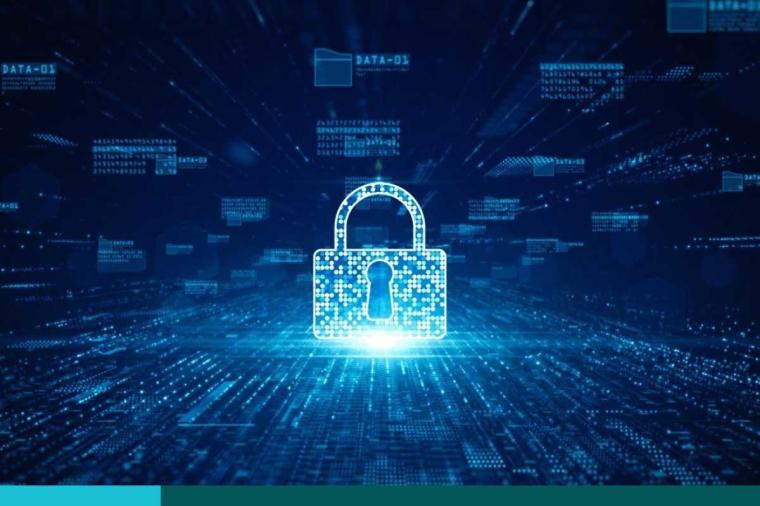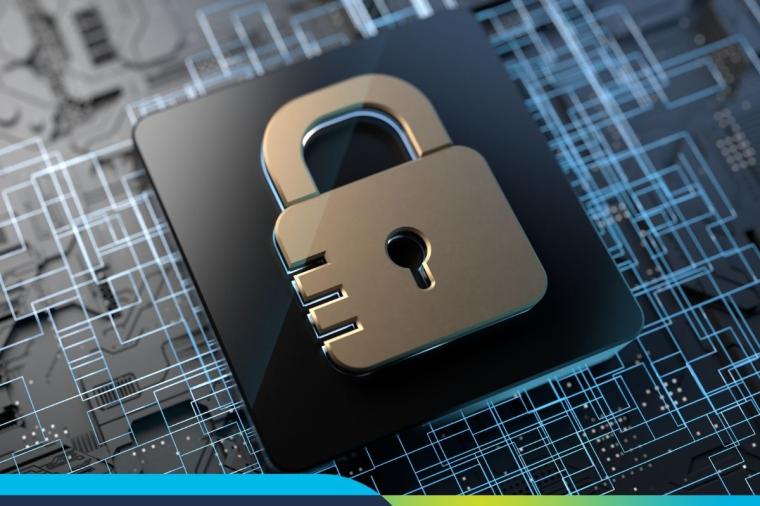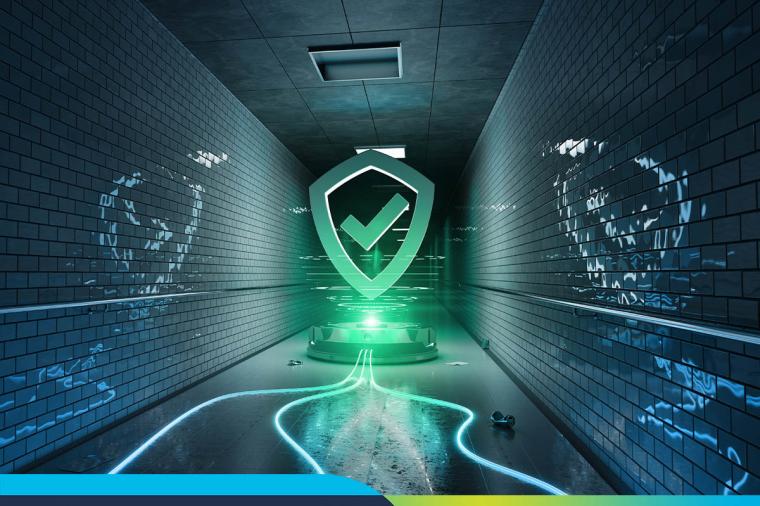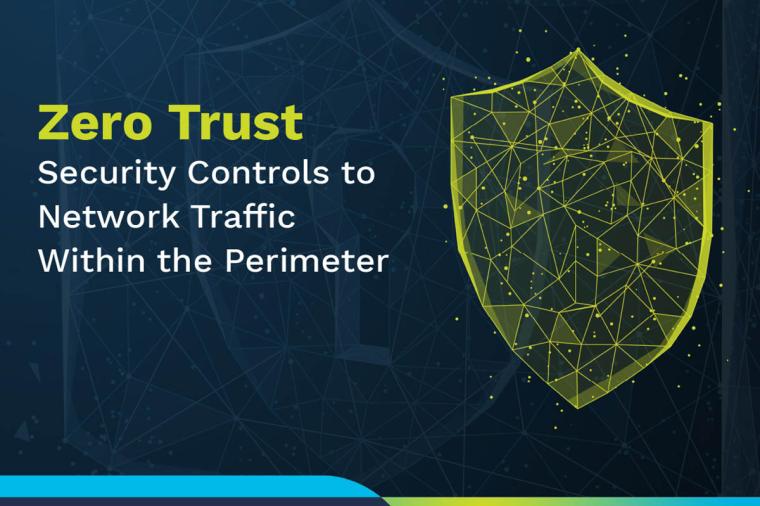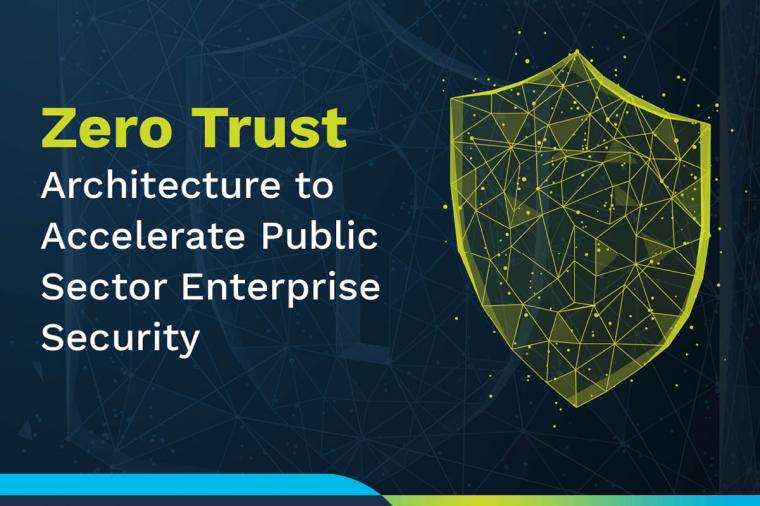Finding the Positives in the Wake of the Data Breach at OPM
We all know the negative outcomes of the data breach at the Office of Personnel Management (OPM) and can only hope that there are no more surprises stemming from the hack. Yet, despite the gloom and doom, the attack has delivered some positives and has quickly become a major catalyst for change in how the government approaches cybersecurity. Below are two positives (and more to come), that we’ve been able to identify so far:
1. Two-Factor Authentication Addresses a Huge Vulnerability
One of the biggest knock-on effects and benefits of the OPM breach was the realization that agencies needed to increase the level of two-factor authentication (smartcard and password) for privileged and un-privileged system users. A lack of such authentication was identified as one of the main reasons the hack at OPM was made possible (a weakness that FISMA and this blog warned about earlier this year).
Completing the deployment of two factor authentication was a critical part of U.S. CIO Tony Scott’s 30-day cyber sprint and is mandated by Homeland Security Presidential Directive 12 (HSPD-12).
Writing on the Whitehouse blog, Scott said that: “One of the most significant steps any organization can take to reduce the risk of adversaries penetrating networks and systems is requiring the use of a hardware-based Personal Identity Verification (PIV) card or an alternative form of strong authentication. Over the course of the Sprint, agencies made significant progress in this area.”
Results of the sprint indicate that federal agencies, not just OPM, have increased strong authentication use for privileged users from 33% to 75% between April and July. 14 major civilian agencies, including the Interior Department and Veteran Affairs, passed the goal of 75% for strong authentication, while several actually hit 100% for privileged users alone. 10 agencies, including NASA and the Labor Department, missed the mark.
Industry experts have lauded the two-factor authentication as the lynchpin to all other cybersecurity techniques.
2. The Expansion of Continuous Monitoring
Another positive action that OPM has taken is to work with the Department of Homeland Security (DHS) to implement the Continuous Diagnostics and Mitigation program (CDM) by March 2016 on both its own systems and, where possible, those of contractors.
Information security training organization SANS claims that many of the basic security practices that weren’t implemented at OPM, including patching vulnerabilities, restricting privileged user accounts, checking logs for attack indicators, and so on, should have been routine procedures that CDM would have detected and mitigated. “The DHS Continuing Diagnostics and Mitigation program was funded back in 2012 to address almost all of these issues but has largely disappeared into the government procurement Bermuda triangle. “
Read more about how your agency can implement the Continuous Monitoring program.
You can read about all the security measures undertaken by OPM in the wake of the data breach in its June 2015 update.
More than Just a Sprint, the Future is a Marathon
Despite the positive outcomes since the breach was discovered, there’s more work to be done, as Tony Scott makes clear:
“This is a key moment in our Nation’s history… But…there are no one-shot silver bullets. Cyber threats cannot be eliminated entirely, but they can be managed much more effectively.”
In the near-term, Scott’s forward-thinking approach stressed several actions - employee training, a reduction in the number of privileged users, and government and industry collaboration (currently a 100+ team of experts are currently reviewing the federal government’s cybersecurity posture and a Cybersecurity Sprint Strategy and Implementation Plan is expected soon). He also got political, stating that Congress must lift the “harmful spending cuts known as sequestration” in order to correct decades of underfunding.
Related Blogs






































